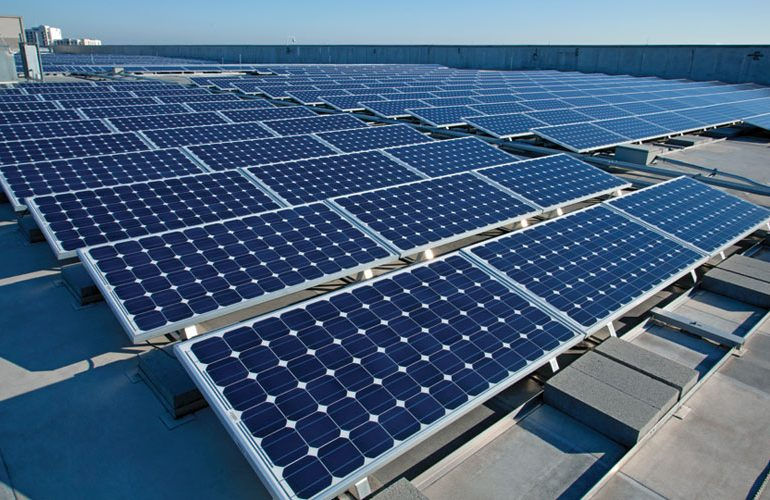Floating Photovoltaic system – The New Emerging Trend of Solar Ecosystem
- Reon Energy
- May 22, 2024
- 2 min read
A large portion of the renewable energy capacity added this year came from solar energy, and the solar ecosystem believes the trend will continue over the next five years. Solar installations reached record levels in 2012, as did increases in photovoltaic panel efficiency, a growing awareness of the supply chain issue, and creating the energy needs for tomorrow.
Solar technologies and trends will shine brightly in 2022 thanks to state-of-the-art technologies. Solar projects are expected to hit a new milestone in 2022, as they will set a new record for installations.
Photovoltaics that Float
A floating photovoltaic system is an emerging and increasingly competitive application of solar PV. It is considered one of the three pillars of solar energy. Clean energy companies and PV system developers see floating solar as an opportunity for increasing economic value, according to a report.
Floating Photovoltaic installations will add 2.9GWp of capacity in 2021 and 2022 alone, as per in-depth Predictions in 2022. Additionally, they predicted that the total installed capacity would be 5.2 GW by the end of 2022. There will be greater capacity than all the installed capacity from 2008 through 2020 combined.
The integration of photovoltaic systems into our surroundings has become increasingly popular in recent years. A growing number of emerging trends are appearing in the solar sector as a result, such as integrated systems, floating solar panels, and agrivoltaics. Additionally, several startups are emerging around the world that is working on increasing the efficiency of solar cells and creating technologies to concentrate solar power using mirrors and lenses.
Sustainable solutions promote recycling, the use of alternative materials to replace toxic materials in solar cells, as well as minimizing resource consumption. In recent years, the energy sector has been moving away from coal and toward solar energy. In the coming years, countries are expected to go carbon neutral, resulting in a surge in demand for solar energy.
Conclusion
The solar market predicts solar prices will remain high at least until 2023 due to the current supply chain problems in the PV industry. After polysilicon capacity reaches a certain level in 2023, prices will decline. There has been an increase of 4% in the cost of PV systems this year, which is causing delays in many utilities scale projects and is expected to continue in 2022, affecting many projects around the world. The global market offers a significant opportunity for investments and development of solar installations, but the supply chain will need time to adjust, and PV growth is currently being slowed by polysilicon issues.
For More, click here.



Comments